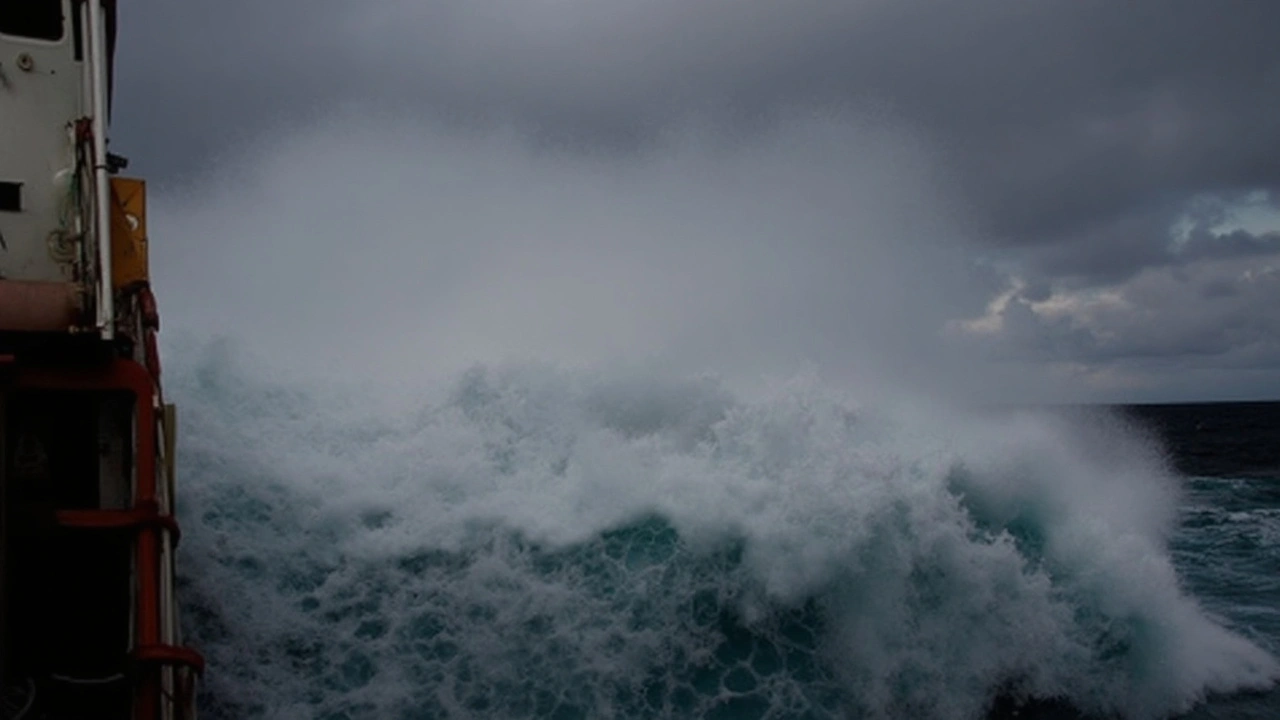Environment News: Weather, Wildlife & Conservation
Here you’ll find clear, useful updates on the natural world — from coastal weather alerts to strange animal behaviour and invasive species threats. We pick stories that matter right now and explain what they mean for people, wildlife, and local communities.
Weather and Coastal Safety
The Western Cape is facing damaging waves and strong winds during a Yellow Level 2 alert (July 16–18, 2025). If you live near the coast or plan to visit, avoid cliffs, beaches with big surf, and low-lying coastal roads. Waves can sweep people and cars away fast, and small boats are at high risk of capsizing.
Practical steps: check updates from the South African Weather Service, move vehicles off exposed foreshore areas, secure loose items, and stay away from rock platforms at high tide. If you work on the water, delay non-essential trips and make sure life jackets and communication gear are ready.
Wildlife, Invasives and What You Can Do
Amazing animal stories also teach hard lessons. A study on a Burmese python that swallowed a deer shows just how disruptive introduced predators can be. In Florida’s Everglades, these snakes wipe out native mammals and birds. If you own exotic pets, don’t release them — that’s how many invasives get started. Report sightings to local wildlife authorities and support capture programs when possible.
Closer to home, two lion brothers in Uganda swam 1.5km across the Kazinga Channel searching for mates. Researchers using heat-sensing drones documented the trip. That kind of movement shows how animals try to find space and partners, but it also reveals risks: crossing water can bring lions into contact with people, livestock, and roads.
How to help wildlife without getting in the way: keep dogs and children away from wild animal routes, fence smartly to protect livestock, and back conservation groups working on corridors that let animals move safely. When you spot stressed or stranded wildlife, call local conservation authorities rather than trying a risky rescue yourself.
We cover more than headlines. Expect practical advice, local implications, and steps you can take — whether that’s checking tide warnings before a beach trip, reporting an invasive species sighting, or supporting habitat projects to keep animals and people safer.
Want quick access to these stories? Visit our Environment page often for updates and new tips that help you stay safe and informed in a changing world.



